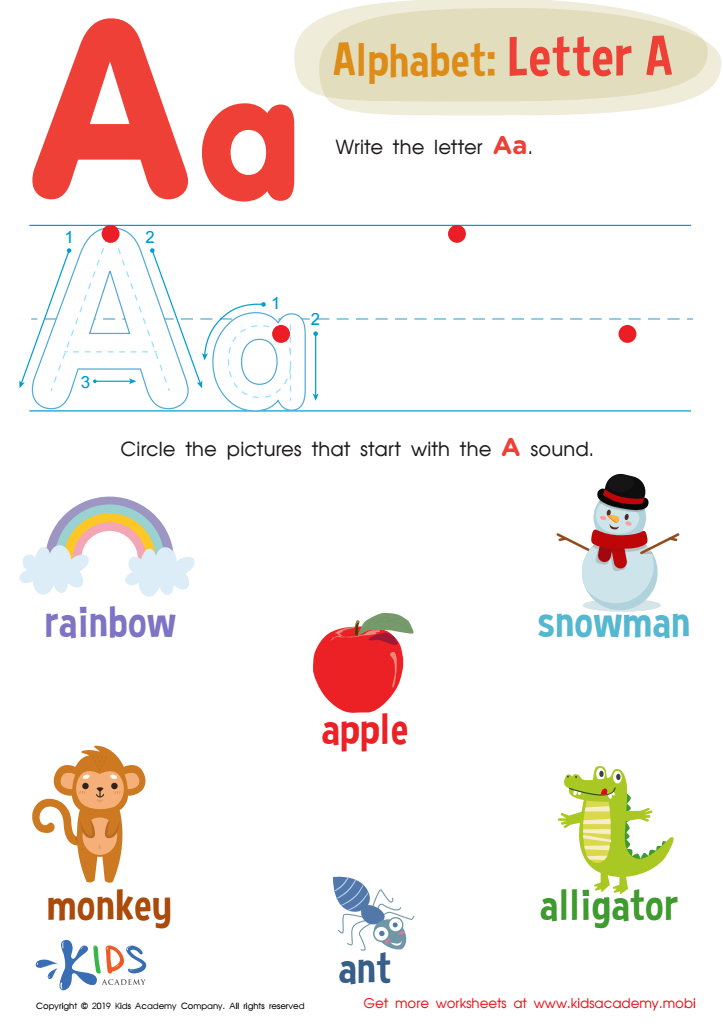Alphabet tracing Normal Letter Recognition Worksheets for Ages 4-6
5 filtered results
-
From - To
Unlock your child's potential with our engaging Alphabet Tracing Normal Letter Recognition Worksheets, designed specifically for ages 4-6. These interactive worksheets encourage early literacy skills through fun and purposeful activities. Ideal for preschool and kindergarten learners, each worksheet promotes letter recognition, fine motor skills, and writing practice. Children will love tracing both uppercase and lowercase letters, making learning enjoyable and effective. Our carefully crafted resources help build a strong foundation for future reading and writing success. Download and print these alphabet tracing worksheets to support your child’s educational journey today! Perfect for home practice or classroom use.


Letter P Tracing Page


Letter Q Tracing Page


Letter H Tracing Page


Letter A Tracing Worksheet


Letter D Tracing Page
Alphabet tracing and letter recognition are fundamental skills crucial for children aged 4-6 as they lay the groundwork for literacy development and overall academic success. During this critical stage, children are shaping their ability to read and write, and mastering the alphabet forms the backbone of this process. Tracing letters helps develop fine motor skills, coordination, and muscle memory, which are essential for handwriting proficiency.
Moreover, letter recognition goes beyond simply identifying letters; it supports phonemic awareness, the ability to hear and manipulate sounds within words. This understanding is vital for reading and spelling as children's literacy journeys progress. Engaging in alphabet tracing can turn a daunting task into an enjoyable and interactive experience, fostering a positive attitude toward learning.
For parents and teachers, focusing on these skills can help instill a love for reading early on. By encouraging practice in a supportive and fun environment, adults can boost children's confidence as they embark on their educational careers. Investing time in developing these skills now will pay off in the long run, as children build the foundational knowledge needed to excel in school and beyond. Caring about these aspects of early learning ultimately shapes a child’s literacy journey and lifelong learning habits.
 Assign to My Students
Assign to My Students















